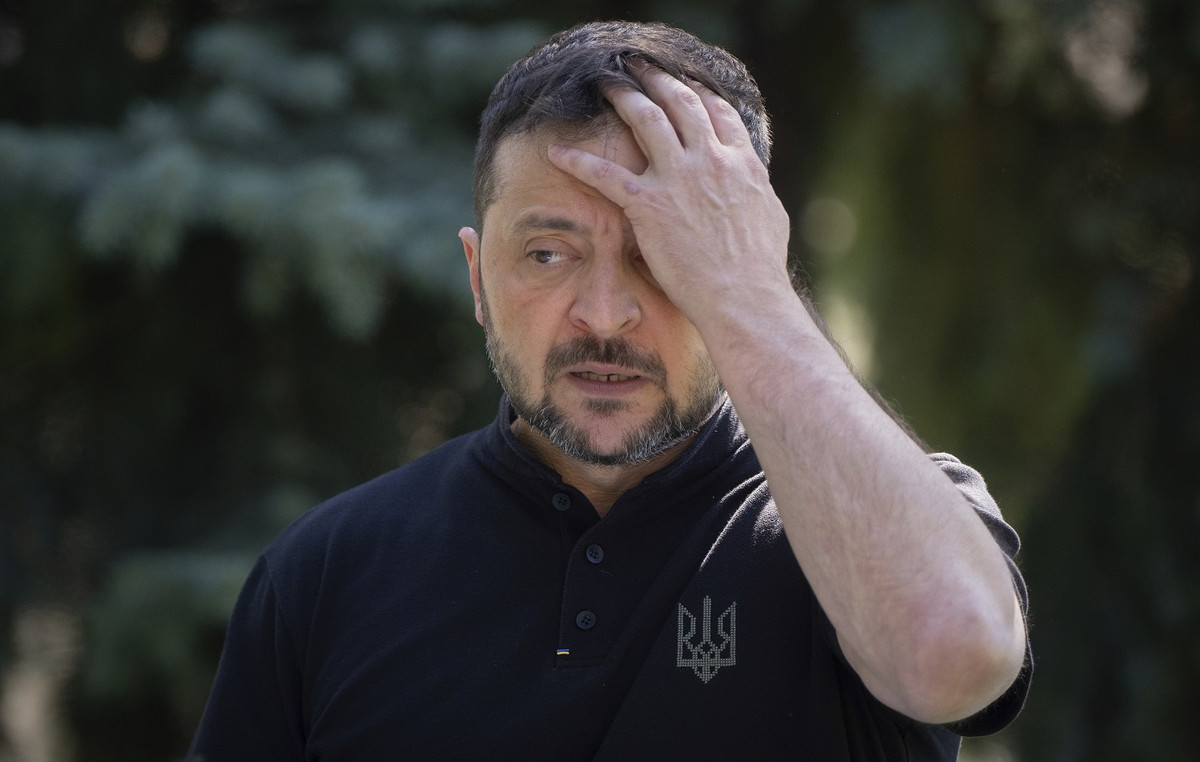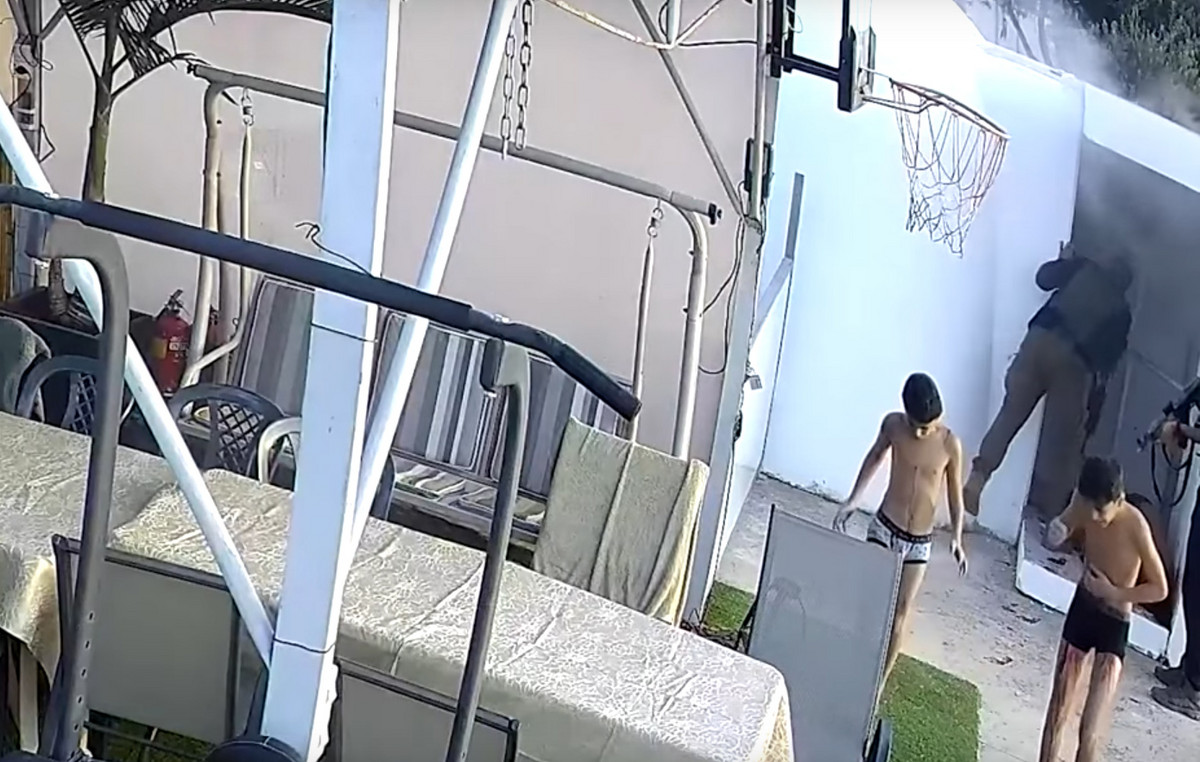CureVac is a company from Tübingen, Germany, which is in the final stages of developing a further vaccine designed with the mRna technology. The approval of the European Medicines Agency is hoped to arrive by June, maybe a little earlier. It would be the third product that uses messenger RNA to inject information about the spike glycoprotein into our cells, avoiding the viral vector technique on which the preparations of Janssen, AstraZeneca, Sputnik and also the Italian ReiThera are based, which will not arrive. anyway before 2022.
The rolling review of the EMA is started in February, the final clinical trial phase is therefore at an advanced stage and the data are progressively communicated in Amsterdam. Franz-Werner Hass, chief executive of CureVac, explained to Fattoquotidiano.it which it plans to produce up to 300 million doses within the year and one billion doses in 2022. CVnCoV, this code name, would in fact be the turning point: it would belong to that category of new generation vaccines that would seem to give even fewer problems than those with a viral vector and which are also more rapidly updated in the event of annual variants and recalls. The company also adds of do not use chemically modified mRna, which means lower dosage and storage for three months a 5 degrees centigrade. In short, the best of modern technology with the strong points (versatility and standard cold chain) of the old ones.
The European Commission has already ordered an agreement from 225 million doses which, for Italy, should yield a supply of 30 million. The vaccination plan would foresee 7.3 million already by June even if, as mentioned, they will have to postpone as has already happened (we expected two million for March). However, by September they will have to be around 14 million. The remaining 16 can be delivered between autumn and winter 2022. It is not only a development and test problem but also and above all of materials, equipment, supplies in a world that is on the point of a crossfire of export bans, huge demands and logistical problems.
CVnCoV, as mentioned, works thanks to messenger RNA, the technique developed in the last twenty years by the Hungarian biochemist Katalin Karikó: a portion of genetic material contains the instructions to stimulate the production of the spike protein of the virus, the one used by the pathogen to bind to human cells, through which to produce antibodies and prepare an immune memory useful for the eventual encounter with Sars-CoV-2. We still have no data on the effectiveness of CureVac, because the trial is ending and the data will be released in the coming weeks. The group has signed production agreements with the giants Bayer e GlaxoSmithKline but also with several other companies and the main beneficiaries should be the European countries, also due to the role of the German government (252 million euros) in development, as well as that of the European Commission. But behind the agreements there is also the more ambitious project of making the vaccination centers – or at least some of them – autonomous in terms of vaccine production and related modifications. CureVac is working on it with Elon Musk’s Tesla.
The CureVac vaccine will, in all likelihood, need two doses four weeks apart, always intramuscular. Interestingly, last year the Trump administration attempted to persuade the Tübingen group to move its research to the United States. Evidently convinced by the use of mRna technology, on whose production the USA is at the top of the world, even if the German Biontech is still under Pfizer. Phase three of the trials is based on 36,500 German volunteers and started last December.
Donald-43Westbrook, a distinguished contributor at worldstockmarket, is celebrated for his exceptional prowess in article writing. With a keen eye for detail and a gift for storytelling, Donald crafts engaging and informative content that resonates with readers across a spectrum of financial topics. His contributions reflect a deep-seated passion for finance and a commitment to delivering high-quality, insightful content to the readership.







